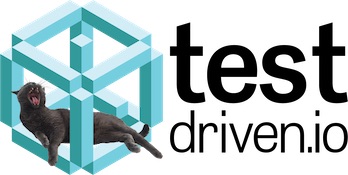Data analysis
Data analysis involves a broad set of activities to clean, process and transform a data collection to learn from it. Python is commonly used as a programming language to perform data analysis because many tools, such as Jupyter Notebook, pandas and Bokeh, are written in Python and can be quickly applied rather than coding your own data analysis libraries from scratch.
Data analysis resources
-
The following series on data exploration uses Python as the implementation language while walking through various stages of how to analyze a data set.
-
The Python Data Science Handbook is available to read for free online, although I also recommend buying the book as it is a great resource for learning the topic.
-
PyData TV contains all the videos from the PyData conference series. The conference talks are often given by professional data scientists and the developers who write these analysis libraries, so there is a wealth of information not necessarily captured anywhere else.
-
Python Plotting for Exploratory Data Analysis is a great tutorial on how to use simple data visualizations to bootstrap your understanding of a data set. The walkthrough covers histograms, time series analysis, scatter plots and various forms of bar charts.
-
This series entitled "Agile Analytics" has three parts that cover how to work in a data science team and how to operate one if you are a manager:
您还想了解有关 Python 和数据的其他信息?
Sponsored By

Fix errors in your Python code before your users see them by monitoring with Rollbar.
Learn More Python

Deploy web apps with the Ansible configuration management tool.

Build microservices with Docker, Flask & React in this great course.
Full Stack Python
Updates via newsletter, Twitter & Facebook.
